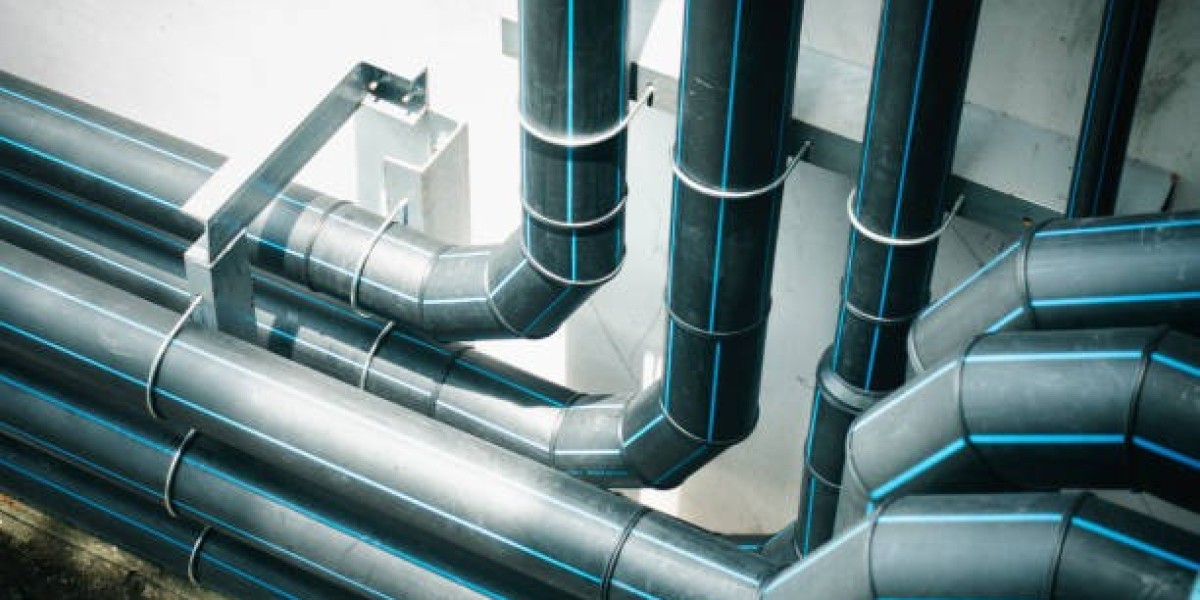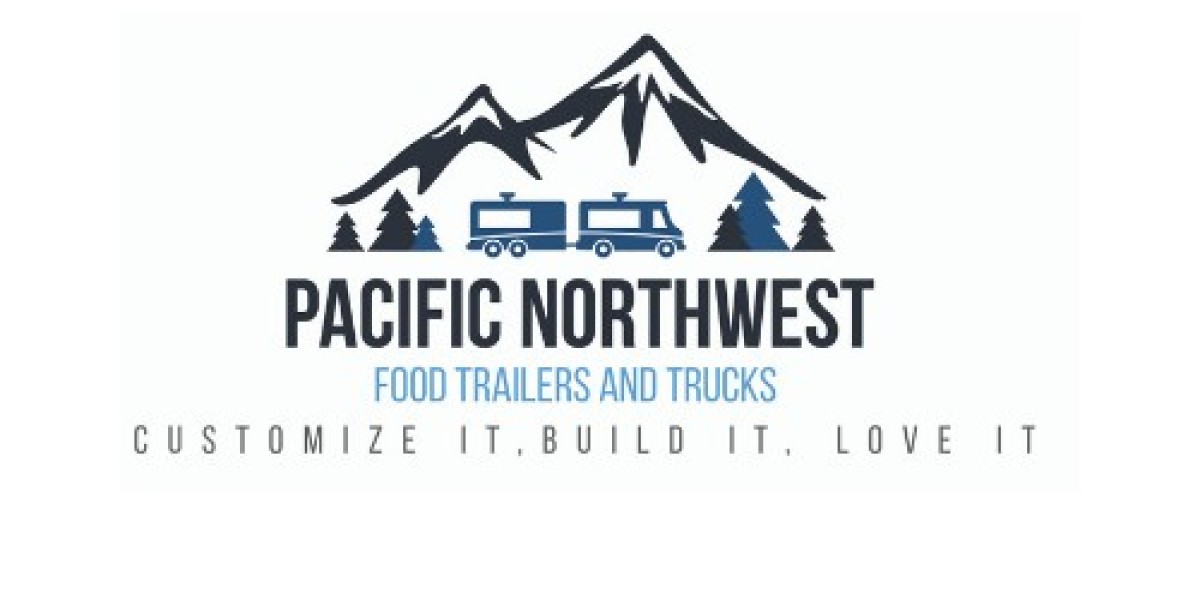When upgrading or modifying a vehicle’s fuel, oil, coolant, or hydraulic systems, selecting the right connectors and hoses is crucial. The right fluid transfer components have become widely preferred in motorsports, custom builds, and performance vehicles due to their durability, leak resistance, and adaptability. However, with many sizes, materials, angles, and sealing types available, choosing the proper setup can feel overwhelming. This guide breaks down everything needed to make an informed choice while ensuring safety and performance remain the top priority.
Understanding the Army-Navy Specification
The term “AN” stands for “Army-Navy,” referring to the standardized military thread specification used for fluid transfer systems. These fittings are measured not in direct inches but in sixteenths of an inch. For example, AN-6 indicates a 6/16" (or 3/8") outer diameter of the hose.
These types of performance connectors differ from traditional automotive clamps and barbs because they use a flare-style sealing system, which results in stronger, more secure, and more precise fluid connections. This design makes them especially suitable for fuel delivery systems, high-pressure oil cooling setups, nitrous lines, and other demanding applications.
Why Material Choice Matters
These fittings come in a few different materials:
Aluminum: Lightweight and corrosion-resistant, ideal for most performance builds.
Stainless Steel: Heavier but extremely durable, best for high-pressure systems like brake lines or fuel injection.
Nylon Composite: More cost-effective and resistant to corrosion, but not recommended for highly pressurized systems.
The intended application determines which material is best. Aluminum fittings are used frequently in racing because every ounce matters, while stainless steel shines where strength is more important than weight.
Selecting the Right Hose Type
Just as fittings vary, so do hoses. Common hose options include:
Hose Type | Best For | Key Benefit |
Rubber Braided | Standard fuel and oil lines | Flexible and cost-effective |
Nylon Braided | Street performance applications | Lightweight and stylish |
Stainless Braided | High-pressure performance setups | High durability and heat resistance |
Pairing the correct hose with the right fitting ensures the integrity of the system. For example, stainless braided hose with aluminum fittings works well, but high-stress setups may require stainless fittings instead.
The Importance of Size and Angle Selection
These performance connectors come in straight, 45-degree, 90-degree, and even 180-degree configurations. Choosing the correct angle prevents kinks, ensures smooth fluid flow, and allows routing lines cleanly through the engine bay.
Additionally, always match the connector size to the hose and system port. Mixing sizes can restrict flow or cause leaks under pressure.
Using the Right Resources to Choose Correctly
There are many helpful guides and sizing charts available to simplify the selection process. The key is understanding your vehicle’s needs and ensuring compatibility across all components. During the research phase, it is helpful to evaluate reliability, system pressure, and heat exposure. In the first half of your research, tools like AN Fittings can provide clarity on sizing and configuration options to avoid misalignment or mismatched parts.
Factors That Influence Performance
As engine output increases, the demands placed on the fuel and oil systems rise significantly. This means the quality of the fittings and hoses becomes even more critical. Poor-quality fittings might result in leaks, pressure loss, or even engine damage in severe cases. High-performance engines especially require fittings designed to withstand increased pressure and heat.
Comparing Brands and Build Quality
Not all fittings on the market meet the same standards. Some generic fittings may look similar but can fail faster due to inferior machining tolerances or lower-grade materials. For long-term reliability, consider factors such as:
Precision of thread machining
Finish quality to prevent corrosion
Manufacturer testing and certifications
In performance-focused applications, these details matter greatly. Systems relying on accurate fluid transfer, such as fuel injection, benefit significantly from consistency and tight tolerance.
Optimizing for High-Output Engines
Performance setups often generate higher pressure and temperature levels. In these cases, choosing fittings specifically designed for enhanced reliability is essential. When tuning, upgrading turbo setups, or increasing fuel delivery demand, considerations like flare angle integrity and internal diameter become critical. Mid to late build planning stages often benefit from exploring resources like AN fittings performance. to help align exact requirements with performance goals.
Routine Inspection and Maintenance
Even well-installed fittings need periodic inspection. Vibrations, extreme heat cycles, and fluid contaminants can lead to wear over time. Regularly inspecting fittings for cracks, discoloration, or leaks is recommended. Additionally, always check torque settings and hose condition during maintenance intervals.
Preventive inspections not only increase reliability but also help catch issues before they create major mechanical or safety problems.
Bringing It All Together for a Reliable Build
Choosing the right fluid line connectors is ultimately about understanding your system’s pressure needs, heat exposure, routing constraints, and performance expectations. High-quality connectors paired with compatible hoses ensure smooth fluid delivery and minimize the risk of leaks or failure. Whether building a track car, upgrading a street machine, or restoring a classic engine, taking the time to select the proper setup pays off in peace of mind and long-term performance consistency.
Final Thoughts
A well-planned approach not only enhances vehicle performance but also ensures reliability and safety across high-demand environments. For enthusiasts looking to explore quality components and reliable performance solutions, considering trusted resources like NGR Performance can be a practical next step when planning upgrades.








